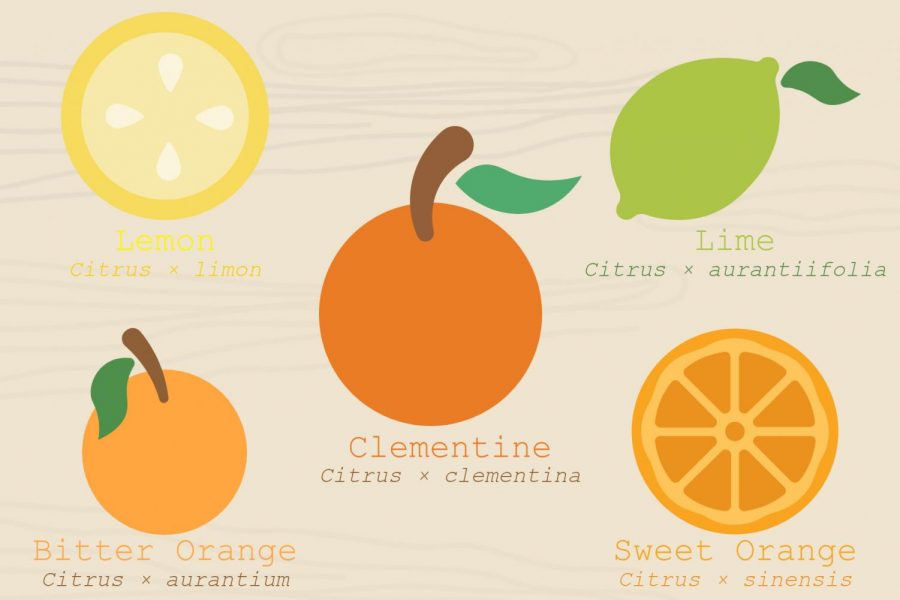Ode to the clementine
April 17, 2019
Eating a regular orange is far from a pleasant affair. Sure, the taste is delicious in the end, but at what cost? The action of peeling such an oddly large fruit, separating the sections of flesh and attempting to consume them is positively dreadful. Luckily, for those of us wilting in the shadow of this sticky behemoth, a handheld hero has risen. A seedless hero. A hero who can be peeled in one fell swoop. A hero who dominates the modern market from the snug confines of every elementary schooler’s lunchbox: the clementine.
That’s right, I’ve dedicated almost 100 words now on this fruit, and I’m just getting started. For me, the clementine has risen from an occasional snack to an all-out infatuation. In fact, as I write these words, my fingers stick to the keyboard from the clementine juice I devoured ten minutes ago. I usually consume three over the course of each school day and another four after school. You would think my skin would resemble an Oompa Loompa by now, right? Well, then you should prep the chocolate river and keep the blueberries on standby, because I don’t plan on stopping any time soon. I’m not alone in my love for these handheld oranges. This species of citrus fruit now dominates 50,000 acres of farmland in California, compared to a measly 5,000 in the early 1990s, according to the New York Times.
Although clementines seem like a creation that could only have been born from the sunny farms of California, its origins are more mysterious than that. The clementine is classified as a variation on the mandarin orange. Our ancestors enjoyed citrus fruits dating as far back as the Miocene epoch, according to National Geographic. This time period stretched from 23.03 to 5.333 million years ago, and provided an environment for ancient dinosaurs like the pterodactyl to thrive. According to popular citrus folklore, the first real clementine appeared by accident in a location far from the farmer’s markets of the United States: Oran, Algeria. The story goes that an Algerian monk—Father Clément Rodier—created the pocket sized snack after crossing the smooth willowleaf mandarin with the cheerful sweet orange in the late 19th century. The fruit would be formally named after this monk in 1902.
Other experts argue that the clementine is Chinese in origin, and it has been around for far longer than originally hypothesized. Whatever the case may be, our round friend reached American specialty food markets in 1882, forcing all other members of the citrus family to take a step back and bow their heads in respect to this mighty new addition.
Nowadays, the clementine is an established institution of citrus fruit engineering. It thrives everywhere, from children’s lunchboxes to ornate fruit gift baskets. They even live in their own Whole Foods section. In the months from January to April, the clementine is king. I know that my favorite time of year is at hand when the aisles of Whole Foods and Giant shimmer with an array of orange. Soon enough, my lunchbox is brimming with them, and my editors are giving me side eye as I cover the floor of the Black & White classroom with peels.
Life is a cycle of unpeeling, consuming and unpeeling again. Unfortunately, no fruit can reign forever. Just as swiftly as it arrives, the clementine begins to disappear. As we edge closer to the warmer months, flashier fruits like the peach and plum encroach on my beloved citrus’ territory, seeking to usurp the throne for their own greedy agendas. The Stone Fruit has always been a diabolical species, and my poor clementine never sees the betrayal coming. By late April, it’s all over. My mourning period lasts for weeks. Yet, in my heart, I know that I will see my beloved clementine again. An entirely new season of the seedless will arrive to greet me.










